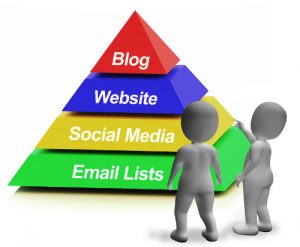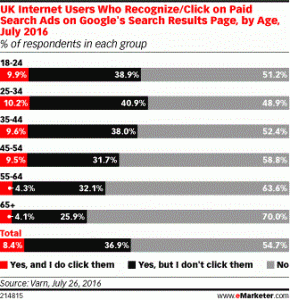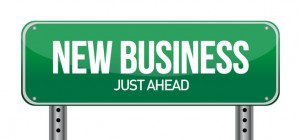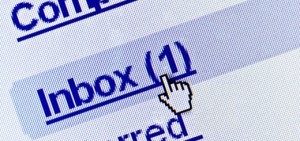
LinkedIn announced the launch of Sponsored InMail last week, and I really wanted to love it. I still might. But right now it seems like just another great way for marketers to be ignored by their audiences – and potentially damage their brand in the process.
Here’s why I’m not convinced that Sponsored InMail will work for most content marketers unless they have a solid strategy in place first.
How LinkedIn Sponsored InMail Works…
Along with the announcement, LinkedIn posted a blog with details on Sponsored InMail. Here’s the TL;DR version of how it works:
- Create a message with your offer.
- Target your desired audience by the demographic information they share on LinkedIn (pretty much the same targeting capabilities available for their other ad programs).
- Set your daily budget and date range for the campaign.
- Create A/B tests and monitor everything in real time.
The messages are mobile responsive, so they’ll look good on smartphones. If users are viewing them on desktop, a related banner ad with your offer will also appear alongside your message. Sounds great, but maybe not…
The Backlash is Real and Already Starting
I’m part of the Philly Startup Leaders listserv – a fantastic resource that brings together some of the best thinkers in Philadelphia. The topic of LinkedIn Sponsored InMail came up last week and one CEO in the group made this comment:
“While this might seem like a great idea for sales people, this is a horrible idea for the regular LinkedIn member receiving these. LinkedIn is already known for being a huge source of spammy solicitations. This will only make it worse. This is yet another step away from LinkedIn being a decent networking platform.”
Harsh, but I can’t say that I disagree. LinkedIn made the case for Sponsored InMails on the strength of a pilot program offered to roughly 100 marketers. According to Sudeep Cherian, a group manager in LinkedIn’s Marketing Solutions group, open rates during the pilot averaged around 45 percent and click-through rates were four to seven percent. However, it’s now open to EVERY marketer on LinkedIn who wants to use it. The spam floodgates have opened.
I use LinkedIn to connect with people I know. I also use it to make new connections with people who my network has already vetted for me. A cold outreach typically doesn’t work – I ignore 90 percent or more of messages from people who don’t know me, or don’t know someone who knows me.
Granted, LinkedIn is currently limiting the number of sponsored messages you’ll receive to one every 60 days. However, I’d be surprised if they don’t change or remove that cap if the program takes off.
It’s a Tool, Not a Strategy
One line in the Sponsored InMail overview video says it all: “First, craft a message that has value for your target audience.” It takes three seconds to say, but contains a lifetime of advice for content marketers.
The reason I’m not sold on LinkedIn Sponsored InMail is because I know many content marketers won’t heed this advice. It seems like a relatively low-risk way to reach potential customers without thinking about the strategy behind it. It’s easy to shift some budget around, pop out an email message and see what happens. If it works, it’ll be another lever to pull in an arsenal of other viable marketing tools. If it doesn’t, that budget will shift to the next new kid on the block.
In reality, it’s not low-risk. That approach is bad for everyone involved. For the content marketer, it hurts their brand since they’ll be reaching people, like the CEO mentioned above, who are already tired of the spam they get on LinkedIn. For the LinkedIn user receiving the message, it’s just more noise they’ll have to block out to find the truly beneficial content.
It’s why it’s so important to think of it as a tool, not a strategy. In fact, that’s the way you should be thinking about any platform you use to share your content.
So experiment with LinkedIn Sponsored InMail, but do it carefully and not until you have a solid strategy in place. Your brand – and the customers you’re trying to reach – will thank you for it.
Digital & Social Articles on Business 2 Community(125)









